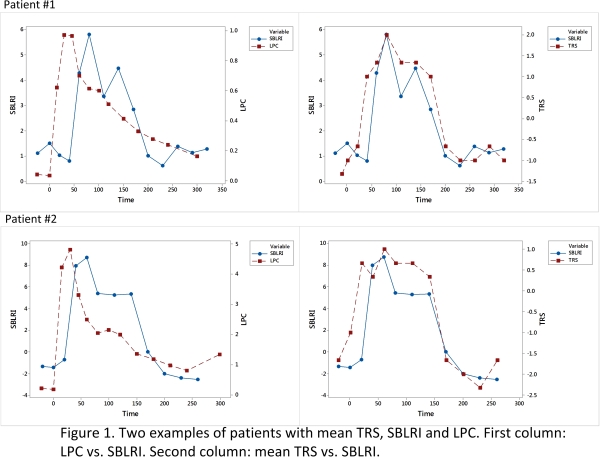Session Information
Date: Tuesday, June 21, 2016
Session Title: Technology
Session Time: 12:30pm-2:00pm
Location: Exhibit Hall located in Hall B, Level 2
Objective: The goal of the study is to investigate whether wrist worn motion sensors are feasible tools to measure motor functions in Parkinson’s disease (PD). More specifically, the aim is to construct and evaluate a sensor-based levodopa-response index (SBLRI).
Background: Nineteen advanced PD patients and 22 healthy controls were recruited in a single center, open label, single dose clinical trial in Sweden. The aim of the trial was to assess the validity and reliability of a multimodal motor symptoms quantification platform in PD patients experiencing motor fluctuations.
Methods: The subjects performed rapid alternating movements of hands while wearing two wrist worn motion sensors on each hand. Each sensor unit consisted of three-dimensional accelerometers and gyroscopes. The patients were video recorded and the videos were blindly rated by three independent movement disorder specialists. The clinical scores were given using the Treatment Response Scale (TRS) on a scale from -3 = ‘Very Off’ to 0 = ‘On’ to +3 = ‘Very dyskinetic’. A mean TRS was defined as the mean of the three specialists’ assessments. In addition, levodopa plasma concentrations (LPC) were measured. The tests were repeated over several time points following a single levodopa/carbidopa morning dose (50% over normal to evoke dyskinesia). Sensors data were initially processed with time series analysis methods to calculate several spatiotemporal parameters, which then were used as inputs in a machine learning algorithm to produce the SBLRI.
Results: Preliminary results from measurements in 6 patients indicate strong correlations between SBLRI and mean TRS (R=0.76, P<0.001), and LPC (R=0.78, P<0.001). Figure 1 shows the SBLRI against mean TRS and LPC for two of the patients. 
Conclusions: The results indicate that the wrist worn motion sensor can quantitatively differentiate between hand kinematics associated with PD motor functions i.e. Off and dyskinesia. The SBLRI provides dose-effect time profile, which could be useful during therapy individualization in PD patients.
To cite this abstract in AMA style:
M. Memedi, D. Nyholm, J. Westin, M. Senek, A. Medvedev, H. Askmark, S.M. Aquilonius, F. Bergquist, R. Constantinescu, F. Ohlsson, J. Spira, S. Lycke, A. Ericsson. Construction of a levodopa-response index from wearable sensors for quantifying Parkinson’s disease motor functions: Preliminary results [abstract]. Mov Disord. 2016; 31 (suppl 2). https://www.mdsabstracts.org/abstract/construction-of-a-levodopa-response-index-from-wearable-sensors-for-quantifying-parkinsons-disease-motor-functions-preliminary-results/. Accessed December 19, 2025.« Back to 2016 International Congress
MDS Abstracts - https://www.mdsabstracts.org/abstract/construction-of-a-levodopa-response-index-from-wearable-sensors-for-quantifying-parkinsons-disease-motor-functions-preliminary-results/
